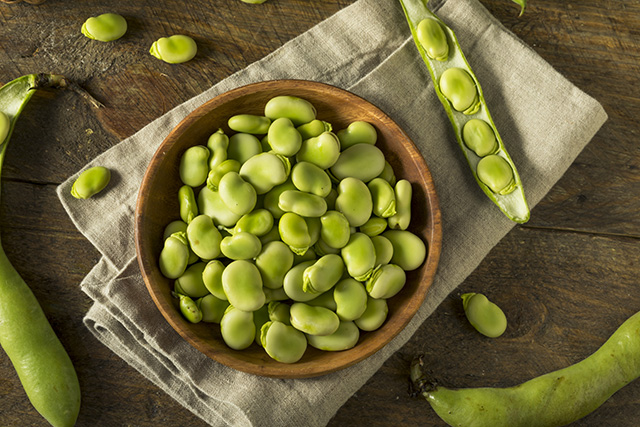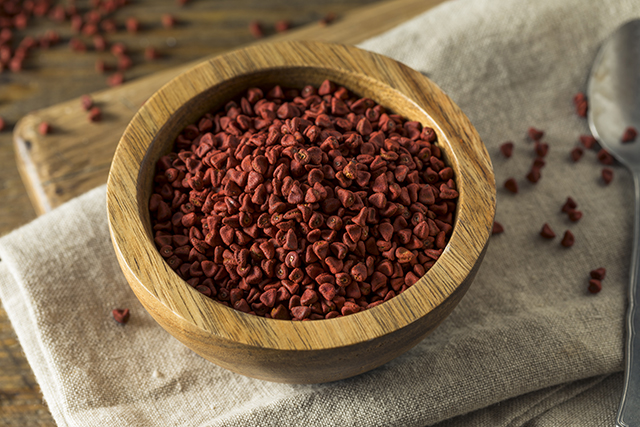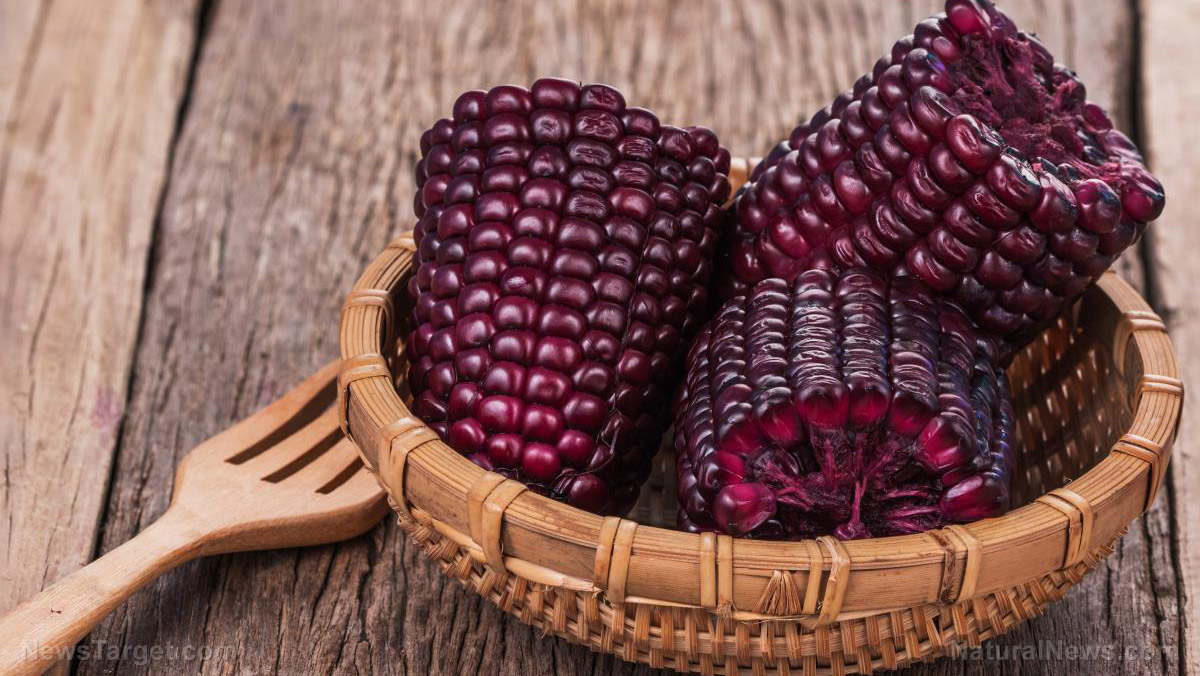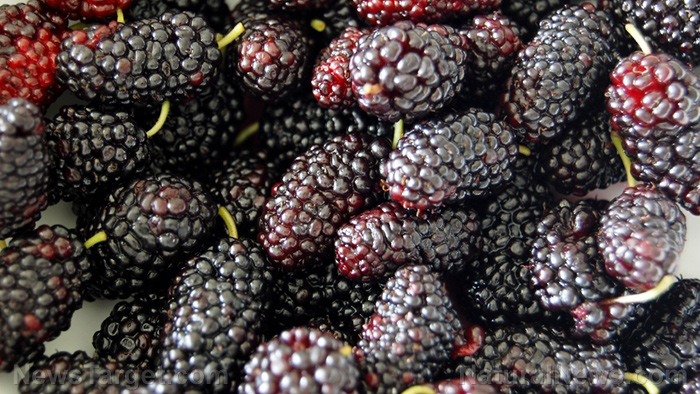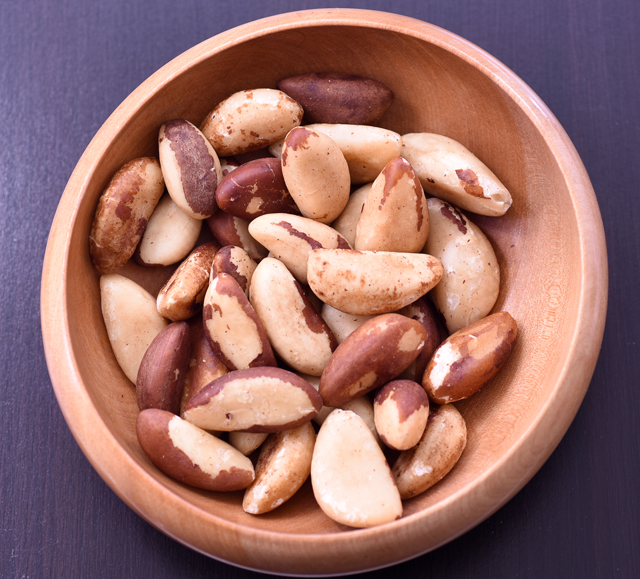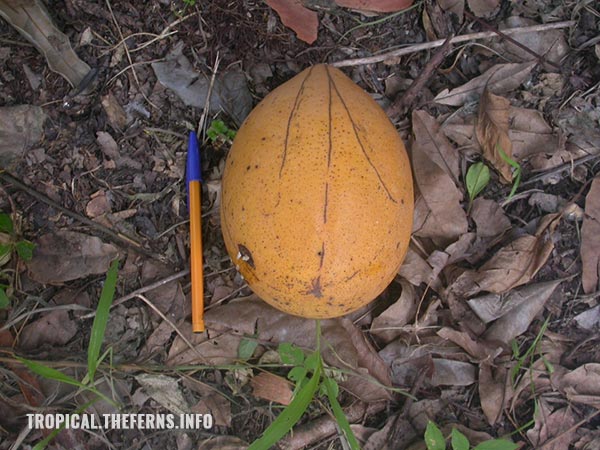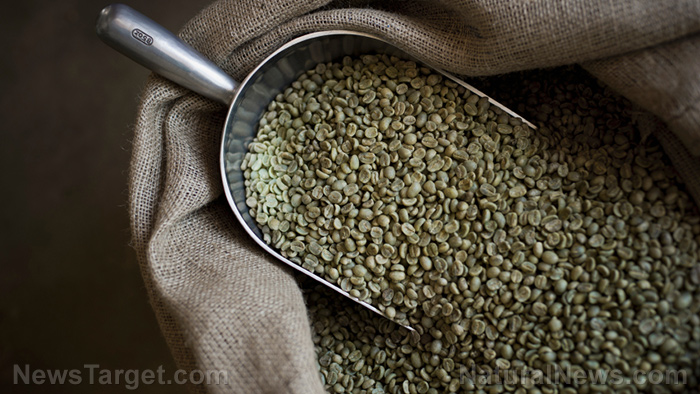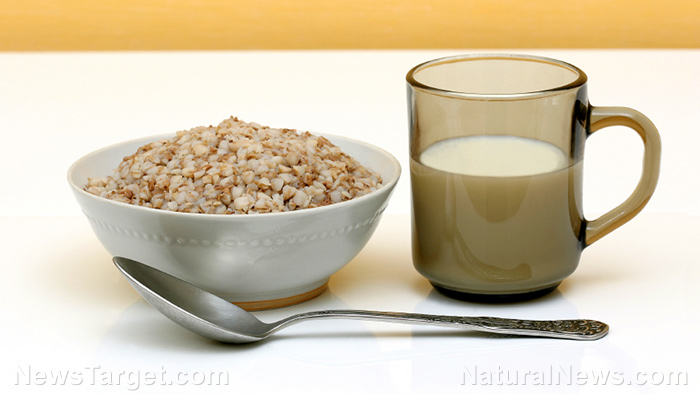Regular consumption of cruciferous vegetables found to help reverse diabetes
10/11/2019 / By Evangelyn Rodriguez

The cruciferous family is a large family of vegetables that has been of scientific interest for more than a decade. Together with alliums, these cool weather-loving greens are known for their anti-cancer properties, which they owe to certain plant compounds they possess. In a recent study which appeared in Science Translational Medicine, researchers from the U.S. and Sweden discovered that one of these compounds also has anti-diabetic properties.
Sulforaphane, a compound rich in sulfur and found in abundance in broccoli, can not only improve fasting blood glucose levels and reduce glucose production, it can also reverse Type 2 diabetes.
Getting to know cruciferous vegetables
Members of the Cruciferae family are commonly grown in vegetable gardens. Although most of them are dark green leafy vegetables, some are root vegetables or edible seeds. Cruciferous vegetables are rich in nutrients and are the basis of many trend-setting vegetable recipes. Besides being low in calories and excellent sources of fiber (like many other vegetables), cruciferous vegetables also contain vitamins A, B9 (folate), C, E, and K; and minerals like calcium, potassium, and selenium.
Here are some common cruciferous vegetables you can find in grocery stores:
- Arugula
- Broccoli
- Cabbage
- Cauliflower
- Collard greens
- Horseradish
- Kale
- Mustard (seeds and leaves)
- Radish
- Turnips
- Watercress
Another thing cruciferous vegetables have going for them is that they are rich in beneficial phytonutrients. These plant nutrients have biological activities that promote health in many ways. Some examples of plant compounds present in cruciferous vegetables are:
- Carotenoids (beta-carotene, lutein, zeaxanthin)
- Flavonoids
- Glucosinolates
- Lignans
- Phytosterols
Carotenoids and flavonoids are plant pigments responsible for giving fruits and vegetables their vibrant colors. Both are known antioxidants that can reduce the risk of many diseases, including eye disease, heart disease, and certain types of cancer.
Lignans are also antioxidants that boost the immune system and help balance hormone levels. Phytosterols are plant sterols that can fight inflammation. According to studies, these compounds can also reduce blood cholesterol levels and kill cancer cells.
Glucosinolates are sulfur-containing compounds that give cruciferous vegetables their pungent smell and bitter taste. Inside the body, glucosinolates are converted into active compounds like indoles and isothiocyanates. The indole indole-3-carbinol and the isothiocyanate sulforaphane are known for their cancer-preventive activities. (Related: Sulforaphane found to trigger apoptosis in human colon cancer cells.)
Sulforaphane is also a potent anti-diabetic compound
Type 2 diabetes is a disease that affects glucose metabolism. People with this condition often have problems related to insulin: They either do not produce enough insulin or become insulin-resistant. Insulin is an important hormone produced by the pancreas that helps normalize blood sugar levels.
For their study, American and Swedish researchers looked at the gene expression profile of liver tissue affected by Type-2 diabetes. This allowed them to identify the disease’s signature, which they used to search for a potential drug candidate that turned out to be sulforaphane.
After testing sulforaphane on liver cells, the researchers found that it can suppress glucose production. The compound was able to decrease the expression of key enzymes involved in the generation of glucose from other sources besides carbohydrates.
When they tested sulforaphane on diabetic animals, the researchers found that it can reverse the disease signature of Type 2 diabetes in the animals’ livers. Sulforaphane also managed to reduce glucose production and glucose intolerance as effectively as the anti-diabetic drug metformin.
In a clinical trial involving obese patients with uncontrolled diabetes, the researchers found that a broccoli sprout extract containing sulforaphane can reduce fasting blood glucose and glycated hemoglobin, which reflects an individual’s average blood sugar level over the past two to three months. The extract was also well-tolerated by the patients.
Anders Rosengren, one of the authors of the study, says that their research has unveiled new possibilities to treat Type 2 diabetes. The researchers urge people, especially patients with the condition, to eat vegetables rich in sulforaphane like broccoli, as they can help prevent or reverse Type 2 diabetes.
Sources include:
Tagged Under: alternative medicine, anti-diabetes, anti-inflammatory, antioxidants, blood sugar, broccoli, cancer cures, cancer treatment, carotenoids, clean food, cruciferous vegetables, diabetes cure, disease treatments, flavonoids, food cures, food is medicine, functional food, glucosinolates, immune system, inflammation, lignans, natural cures, natural medicine, nutrients, phytonutrients, phytosterols, prevent diabetes, prevention, research, sulforaphane, veggie
RECENT NEWS & ARTICLES
DiabetesCure.News is a fact-based public education website published by Diabetes Cure News Features, LLC.
All content copyright © 2018 by Diabetes Cure News Features, LLC.
Contact Us with Tips or Corrections
All trademarks, registered trademarks and servicemarks mentioned on this site are the property of their respective owners.






